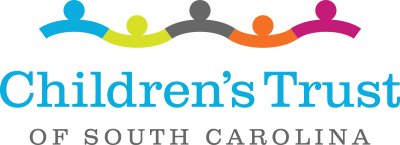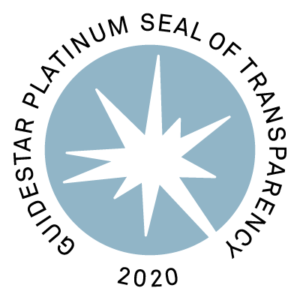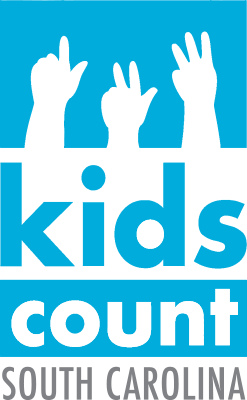I recently learned that in South Carolina, about 1 in 3 adults have a disability, according to the CDC. That’s a significant amount of people—a third of the population.
As the statewide organization that works to prevent child abuse and neglect, one of our values is inclusion. Every year, we plan dozens of network meetings, trainings and conferences for child-serving professionals across the state. Our goal is to host inclusive, accessible events where all individuals, including people with disabilities, can engage fully.
But what does it take to host inclusive, accessible events?
Kimberly Tissot, CEO of Able SC, the state’s oldest and largest federally recognized disability-led organization, recently shared helpful information, guidance and resources with me.
Able SC defines true inclusion by a few key components: It incorporates intersectionality and being an active and vital part of the community; and it means disabled people are included in integrated environments and discussions that impact their lives within the community.
During our conversation, the lightbulb for me was learning that planning accessible events benefits disabled and non-disabled attendees alike.
Here are a few examples:
- Creating space between tables and chairs that allows wheelchair users or mobility impairments to easily maneuver also creates more space for all attendee sizes to move more easily and retain reasonable personal space. Personal space has become increasingly important to avoid the spread of viral illnesses, such as COVID and the flu.
- Using plain language for readability helps people with intellectual disabilities or learning differences to engage with content. It also benefits all attendees as they can easily scan through and absorb essential information.
- Using closed captioning during presentations
The above examples focus on the event itself, but event planning starts long before the event happens. An attendee’s first interaction with an event happens during registration. Asking attendees about accessibility and dietary accommodations on the registration form creates an inclusive culture from the start.
- If the purpose of an event is to engage attendees, all attendees need to be able to fully engage.
- Every attendee ought to be able to eat the food provided at an event. Providing dietary accommodation shows care for the health and lifestyles of guests. It also adds a level of personalization that guests appreciate. Consider the array of dietary needs: people with allergies–peanuts and gluten, for example; food sensitivities, like lactose intolerance; health dietary requirements, like diabetes and gout; religious and cultural dietary needs, such as not eating pork; and dietary lifestyles, like mine as a pescetarian.
This led me to a concept called “universal design,” which is the design of products and environments to be usable by all people, to the greatest extent possible, without the need for adaptation or specialized design, according to NC State University’s Center for Universal Design. In simpler terms: they are environments where everyone can go and take part.
Attendees are the heart of any gathering. As planners, we don’t just want some people to have a positive, engaging experience—we want everyone to. By honoring our differences and creating universally inclusive environments, we can do just that.
If you’re interested in diving deeper into recommendations from ABLE SC, check out this guide.
Alison Gibbons serves as Children’s Trust’s event planner.




